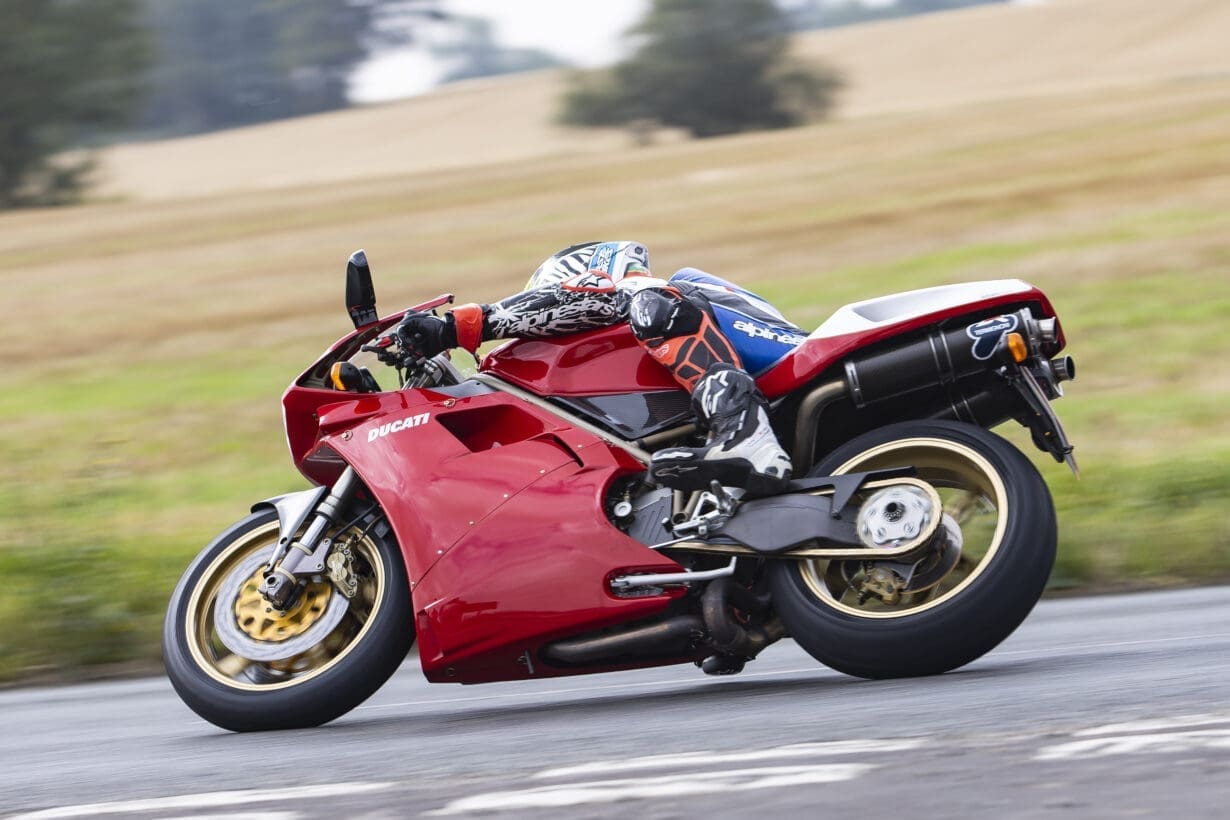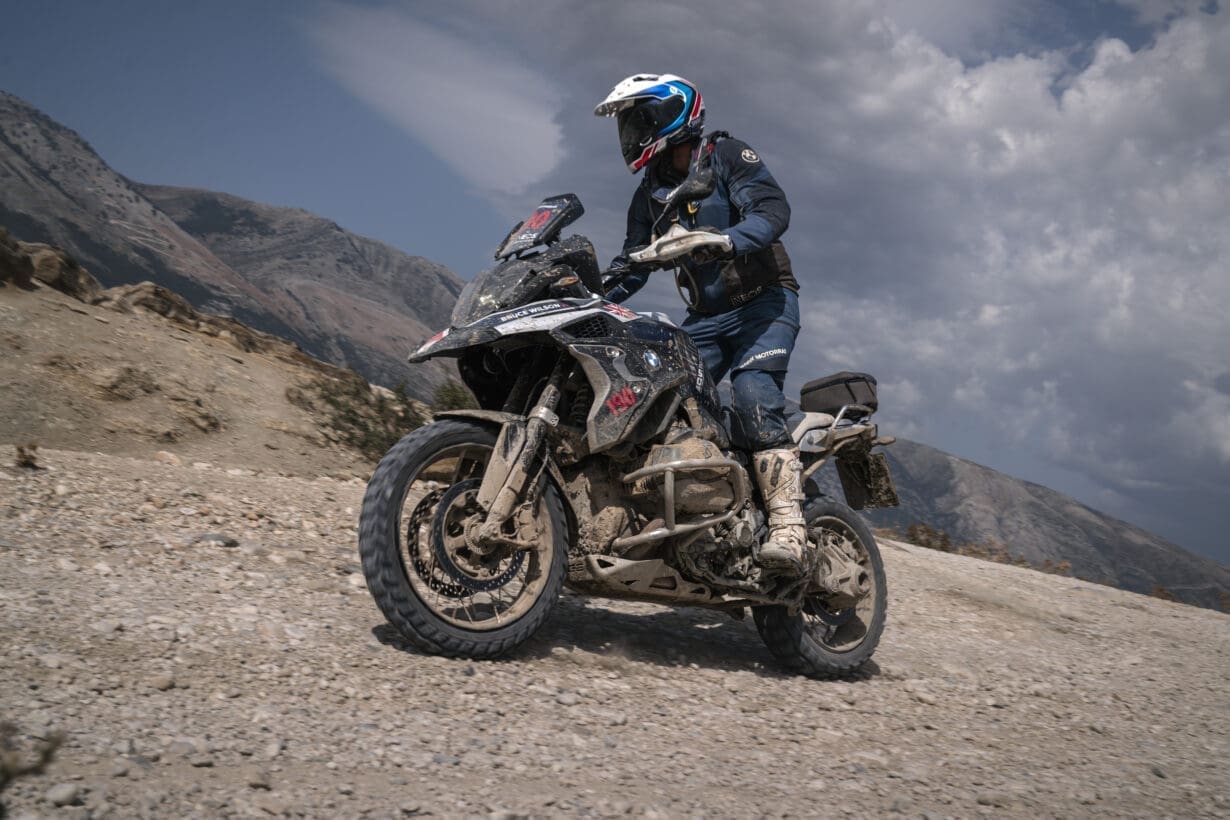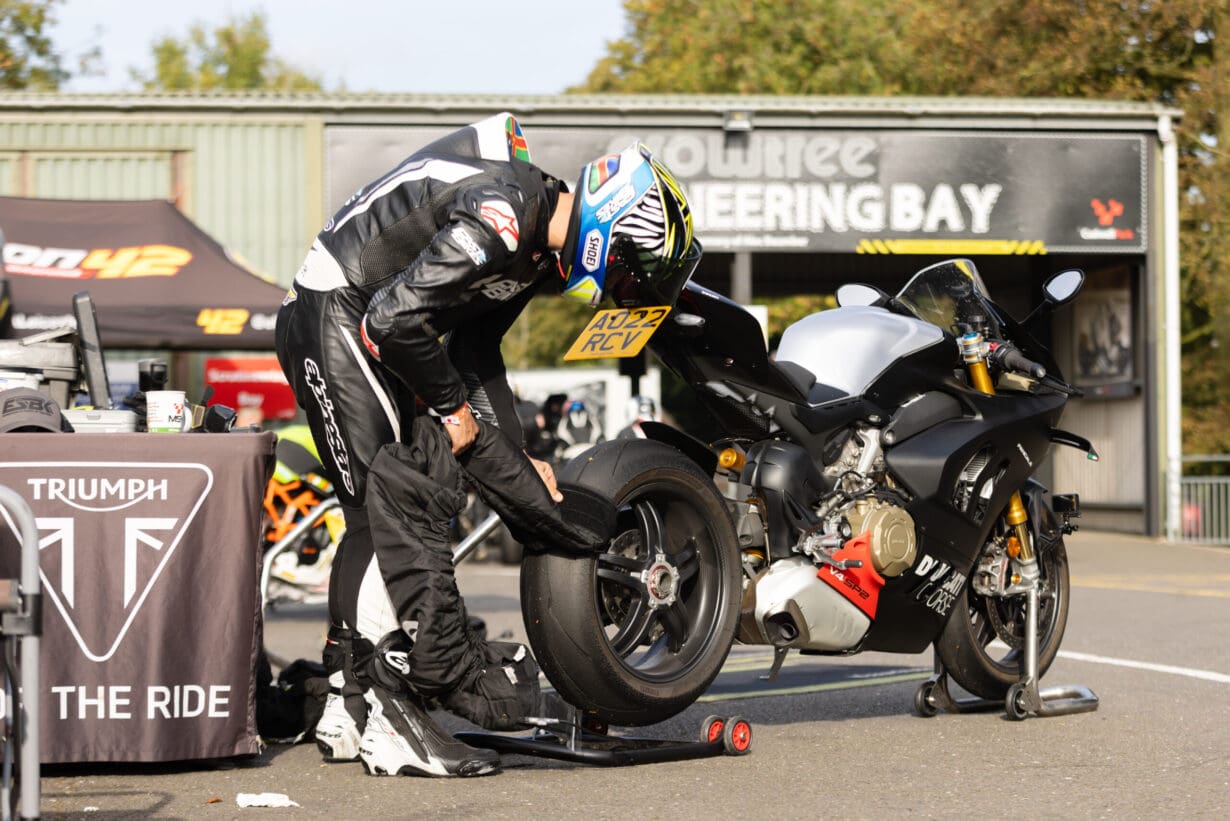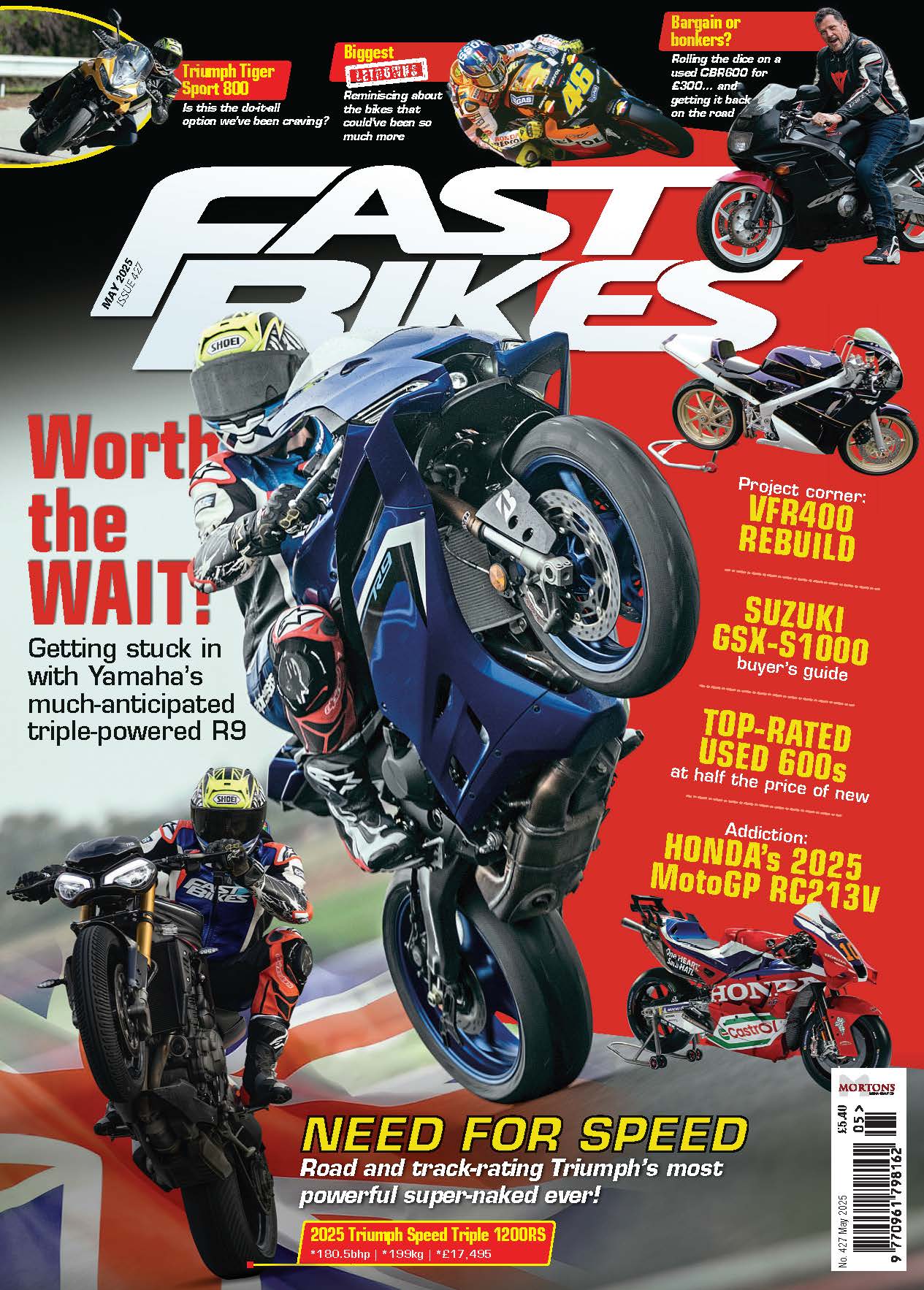An unravelling from Alan Dowds…
Ever seen a red squirrel? Unless you live in the right part of Scotland, it’s unlikely; the ginger rodents have been outcompeted by their dull sciuridaen relatives from North America, the eastern grey squirrel. And we all prefer the tufty-eared red variant over the grey, don’t we?
Why is that? My theory is that it’s mostly just because they’re less common. If the red squirrel discovered firearms, they would soon be in charge, the greys would be screwed, and we’d whine about that.
It’s the same with bike technology. Everyone loves a single-sided rear swinging arm – but mostly because they’re unusual and look cool, like the fluffy red squirrel. Also like the red squirrel, they’re simply not as good at the job in hand – though that means holding a spinning rear wheel and transmitting suspension forces rather than gathering nuts, hibernating, and making new squirrels.

The main practical advantage of a single sider is very modest: when it comes to rear wheel maintenance, it’s quicker and easier to unfasten a big nut, or some bolts, and lift the wheel off a fixed hub than to mess about with axle, nut, spacers, brake caliper mounts, and chain or shaft drive components. The only place where this is an advantage is endurance racing, where teams need to swap wheels in and out during pit stops. Seconds saved here mean positions on the track. You can also argue that chain tension adjustment is more elegant, with an eccentric hub mount.
That’s it for advantages then – apart from the style. The downsides are pure engineering: supporting a structure on one side – a cantilever – is always harder than doing it at each end. Spreading the forces transmitted by a bridge, a roof, or a spinning rear wheel evenly over two ends is clearly more effective. At this point, a writer will perhaps implore the reader to try and support a spinning bicycle wheel first with one hand holding the axle at either end, then try to do the same holding it on just one side. Have a go if you like, but you can probably envisage how it will go.
So – a single-sided arm needs to be designed with much more complex, stronger structures to keep the rear wheel in line, transmit the driving and braking forces to the tyre, and transfer wheel movement to the suspension. All the time, the wheel is trying to twist its way out of line, meaning a large, expensive, heavy hub and arm.

A sub-optimal design then. But for 30 or 40 years now, a single-sided swingarm has been an ostentatious sign of ‘trickness’. The full history of a one-sided rear swingarm goes back to the 1940s, when small bike and scooter makers worked out they could save money by mounting the wheel on a hub held on one side like a car. An integrated engine/swinging arm became par for the course on step-thru scooters, and with so much mass and material in that unit, it was no big thing to beef it up into a single-sided unit.
BMW was the first to bring single-sided arms to mainstream bikes, adding one to its R80 G/S in 1980. Here, the chunky shaft drive used on the firm’s Boxer engine helped a single-sider make sense. That Monolever design became the Paralever, and every new Boxer design up to today has a single-sided arm. Look at one now, and you’ll see how chunky it is, and the mass penalty incurred is part of the reason that the Bavarian twins have always been a bit heavier than the competition.
It was Japan that really made the single-sider cool, though. Honda had worked with ELF on new suspension systems for its GP race bikes, including a single-sided arm called Pro-Arm. By the late 1980s, a variant on the patented system made it to the road, on the NC24 VFR400 and RC30 VFR750R. The no-holds-barred tech-fest that was the 1992 NR750 used one, of course, as did the RVF750R RC45, and the Pro-Arm even extended its remit into that most mainstream of bikes, the VFR750, in 1990.

It’s Italian exotica that has stuck with a single arm in recent years though, led by Ducati. When the 916 appeared back in 1994, one of the biggest chassis mods from previous superbikes was a giant cast aluminium mono-arm. Ducati stuck with the 916-based design for a decade, before going to a dual-sided arm on the 999. It was a better bike, but even its best friend would agree it was far less pretty. When Ducati went back to a more conventionally attractive design with the 1098, it also went back to a single-sided arm and has stuck with that – until now.
That’s because for 2025, Ducati has dropped the mono-arm on its premium Panigale V4 superbike. The double-sided replacement unit is gorgeous – massive lightening cut-outs, slim aluminium beams, neat chain adjuster. But it’s not a single-sider. Good news for the mass, and the chassis engineers, who now have one less headache to cope with. But as with the squirrels, we’re maybe all just a little sad that the pretty, unusual one is becoming a bit rarer once again.




